Click here to sign up for 10% off your first order. | Free Shipping to Austria for orders over €100. T&Cs apply
Click here to sign up for 10% off your first order. | Free Shipping to Belgium for orders over €200. T&Cs apply
Click here to sign up for 10% off your first order. | Free Shipping to Germany for orders over €100. T&Cs apply
Click here to sign up for 10% off your first order. | Free Shipping to Spain for orders over €100. T&Cs apply
Click here to sign up for 10% off your first order. | Free Shipping to France for orders over €100. T&Cs apply
Click here to sign up for 10% off your first order. | Free Shipping to Italy for orders over €100. T&Cs apply
Click here to sign up for 10% off your first order. | Free Shipping to Sweden for orders over €100. T&Cs apply
Click here to sign up for 10% off your first order. | Free Shipping to Bulgaria for orders over €200. T&Cs apply
Click here to sign up for 10% off your first order. | Free Shipping to Denmark for orders over €100. T&Cs apply
Click here to sign up for 10% off your first order. | Free Shipping to Czechia for orders over €200. T&Cs apply
Click here to sign up for 10% off your first order. | Free Shipping to Estonia for orders over €200. T&Cs apply
Click here to sign up for 10% off your first order. | Free Shipping to Finland for orders over €200. T&Cs apply
Click here to sign up for 10% off your first order. | Free Shipping to Greece for orders over €200. T&Cs apply
Click here to sign up for 10% off your first order. | Free Shipping to Hungary for orders over €200. T&Cs apply
Click here to sign up for 10% off your first order. | Free Shipping to Ireland for orders over €200. T&Cs apply
Click here to sign up for 10% off your first order. | Free Shipping to Italy for orders over €100. T&Cs apply
Click here to sign up for 10% off your first order. | Free Shipping to Luxembourg for orders over €200. T&Cs apply
Click here to sign up for 10% off your first order. | Free Shipping to Latvia for orders over €200. T&Cs apply
Click here to sign up for 10% off your first order. | Free Shipping to Poland for orders over €200. T&Cs apply
Click here to sign up for 10% off your first order. | Free Shipping to Portugal for orders over €200. T&Cs apply
Click here to sign up for 10% off your first order. | Free Shipping to Slovenia for orders over €200. T&Cs apply
Click here to sign up for 10% off your first order. | Free Shipping to Slovakia for orders over €200. T&Cs apply
Click here to sign up for 10% off your first order. | Free Shipping to Cyprus for orders over €200. T&Cs apply
Click here to sign up for 10% off your first order. | Free Shipping to Malta for orders over €200. T&Cs apply
Click here to sign up for 10% off your first order. | Free Shipping to Romania for orders over €200. T&Cs apply
Europe | Shipping to selected EU countries. For other shipping destinations, click here for more information.Click here to sign up for 10% off your first order. | Free Shipping to Austria for orders over €100. T&Cs apply
Click here to sign up for 10% off your first order. | Free Shipping to Belgium for orders over €200. T&Cs apply
Click here to sign up for 10% off your first order. | Free Shipping to Germany for orders over €100. T&Cs apply
Click here to sign up for 10% off your first order. | Free Shipping to Spain for orders over €100. T&Cs apply
Click here to sign up for 10% off your first order. | Free Shipping to France for orders over €100. T&Cs apply
Click here to sign up for 10% off your first order. | Free Shipping to Italy for orders over €100. T&Cs apply
Click here to sign up for 10% off your first order. | Free Shipping to Sweden for orders over €100. T&Cs apply
Click here to sign up for 10% off your first order. | Free Shipping to Bulgaria for orders over €200. T&Cs apply
Click here to sign up for 10% off your first order. | Free Shipping to Denmark for orders over €100. T&Cs apply
Click here to sign up for 10% off your first order. | Free Shipping to Czechia for orders over €200. T&Cs apply
Click here to sign up for 10% off your first order. | Free Shipping to Estonia for orders over €200. T&Cs apply
Click here to sign up for 10% off your first order. | Free Shipping to Finland for orders over €200. T&Cs apply
Click here to sign up for 10% off your first order. | Free Shipping to Greece for orders over €200. T&Cs apply
Click here to sign up for 10% off your first order. | Free Shipping to Hungary for orders over €200. T&Cs apply
Click here to sign up for 10% off your first order. | Free Shipping to Ireland for orders over €200. T&Cs apply
Click here to sign up for 10% off your first order. | Free Shipping to Italy for orders over €100. T&Cs apply
Click here to sign up for 10% off your first order. | Free Shipping to Luxembourg for orders over €200. T&Cs apply
Click here to sign up for 10% off your first order. | Free Shipping to Latvia for orders over €200. T&Cs apply
Click here to sign up for 10% off your first order. | Free Shipping to Poland for orders over €200. T&Cs apply
Click here to sign up for 10% off your first order. | Free Shipping to Portugal for orders over €200. T&Cs apply
Click here to sign up for 10% off your first order. | Free Shipping to Slovenia for orders over €200. T&Cs apply
Click here to sign up for 10% off your first order. | Free Shipping to Slovakia for orders over €200. T&Cs apply
Click here to sign up for 10% off your first order. | Free Shipping to Cyprus for orders over €200. T&Cs apply
Click here to sign up for 10% off your first order. | Free Shipping to Malta for orders over €200. T&Cs apply
Click here to sign up for 10% off your first order. | Free Shipping to Romania for orders over €200. T&Cs apply
Europe | Shipping to selected EU countries. For other shipping destinations, click here for more information.

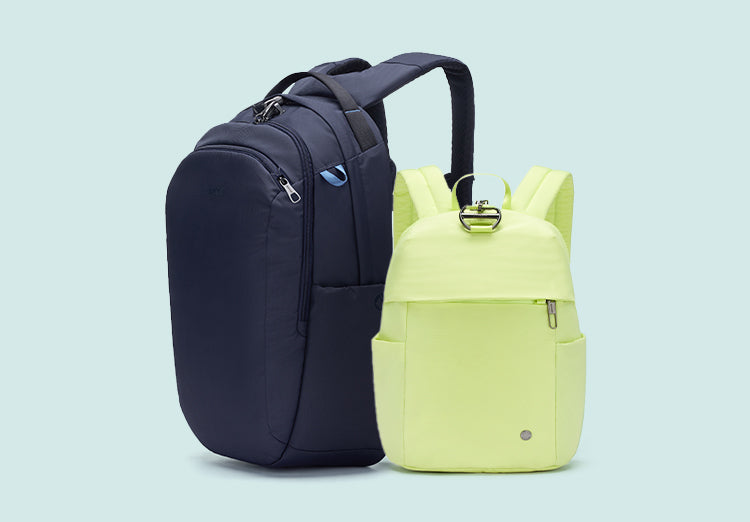
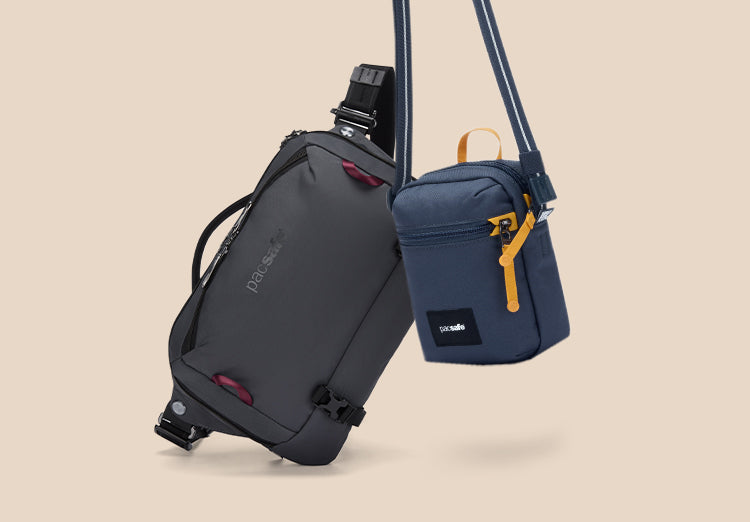


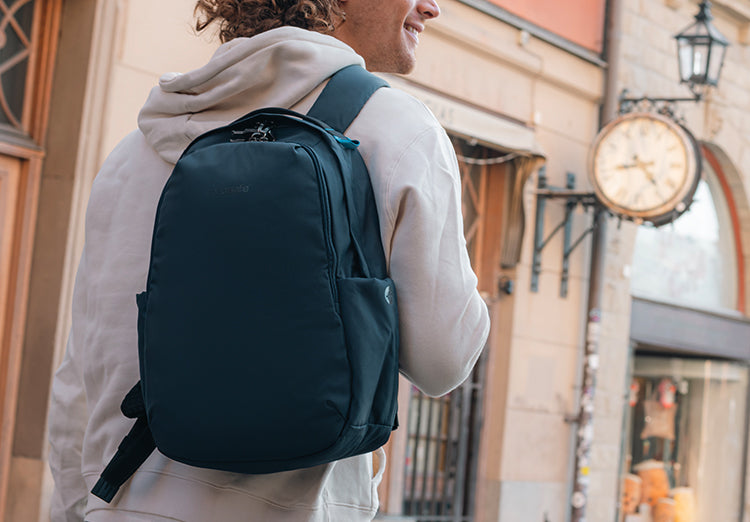

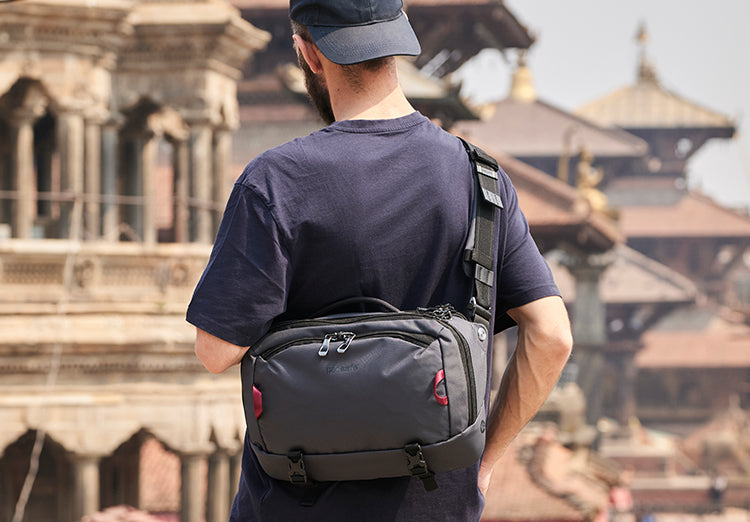
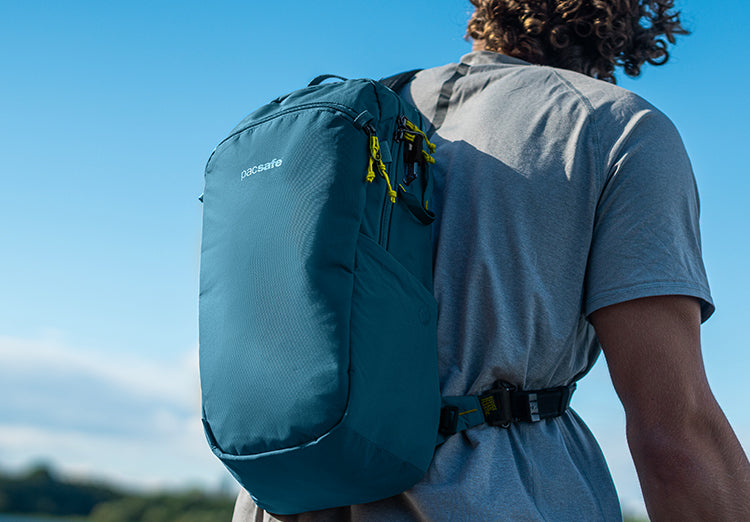
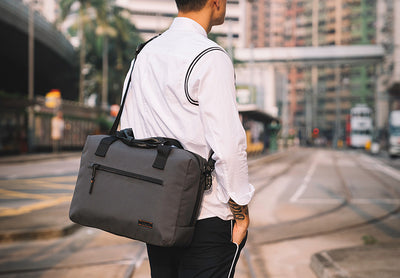
 Some travelers are completely oblivious to hurricane season, while more seasoned travelers can be hyper vigilant to the point of avoiding travel in any area where the weather might mess with their adventure or vacation. Neither is particularly beneficial. You shouldn’t ignore or avoid hurricane season when planning your trip. So what should you do? Educate yourself and make plans accordingly. Here are 8 tips to lower your risks and increase the likelihood that you’ll still have a great vacation, even with the threat of scary weather lurking over your plans.
Some travelers are completely oblivious to hurricane season, while more seasoned travelers can be hyper vigilant to the point of avoiding travel in any area where the weather might mess with their adventure or vacation. Neither is particularly beneficial. You shouldn’t ignore or avoid hurricane season when planning your trip. So what should you do? Educate yourself and make plans accordingly. Here are 8 tips to lower your risks and increase the likelihood that you’ll still have a great vacation, even with the threat of scary weather lurking over your plans.

